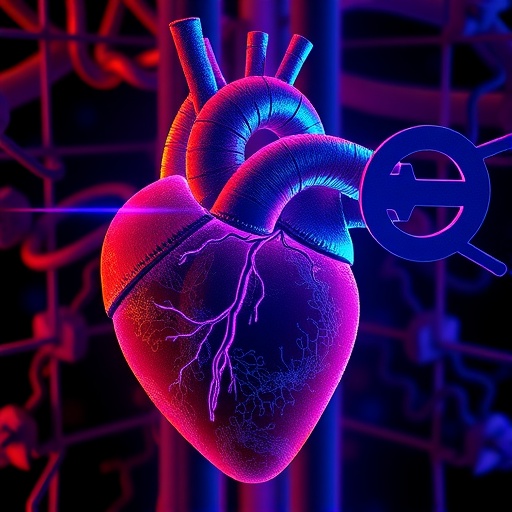New research led by the University of Leicester has made a novel breakthrough in understanding how solidification cracking occurs during the welding of steel, an important engineering alloy.
In a new study, which has been published in the journal Scientific Reports from Nature Research, the team from the University of Leicester Department of Engineering propose that solidification cracks grow by linking micro-porosities in the meshing zone in the solidifying weld pool.
This is the first time that researchers have observed solidification cracking in steel and sheds new light on why the alloy may crack during the process.
Professor Hong Dong from the University of Leicester Department of Engineering said: "Welding is the most economical and effective way to join metals permanently and it is a vital component of our manufacturing economy.
"It is estimated that more than 50 per cent of global domestic and engineering products contain welded joints. In Europe, the welding industry has traditionally supported a diverse set of companies across the shipbuilding, pipeline, automotive, aerospace, defence and construction sectors. Solidification/hot cracking is the most common failure mode during metal processing, such as welding, casting and metal additive manufacturing (metal 3D printing)."
The team used synchrotron X-ray beamline at the European Synchrotron Radiation Facility (ESRF) to observe the crack formation at the real time.
With modern advances in synchrotron X-ray and imaging techniques, the team was able to see through metals, providing details analysis of the alloy.
Weaknesses in welded parts can have many disastrous effects including putting lives at risk and harming the economy because of damages and insurance payouts for faulty products.
They can also cause environmental catastrophes such as pollution if imperfectly welded parts are used in environmentally sensitive areas such as the ocean.
###
The study is part of the team's international EU FP7 project – Mintweld, working with eleven partner originations from 7 EU countries.
The research was funded by an EPSRC industrial CASE project with Tata Steel UK and was also supported by the European Commission as a part of the FP7 programme, Modelling of Interface Evolution in Advanced Welding (MintWeld); Contract No. NMP3-SL-2009-229108.
The paper 'Initiation and growth kinetics of solidification cracking during welding of steel' published by Nature is available here: http://www.nature.com/articles/srep40255
Images demonstrating the research findings are available here: https://www.dropbox.com/sh/0cwr70l73xegbmi/AACIHtj14v0WoMjXtBJpXLpla?dl=0
Media Contact
Professor Hong Dong
[email protected]
01-162-522-528
@UoLNewsCentre
http://www.leicester.ac.uk
############
Story Source: Materials provided by Scienmag




